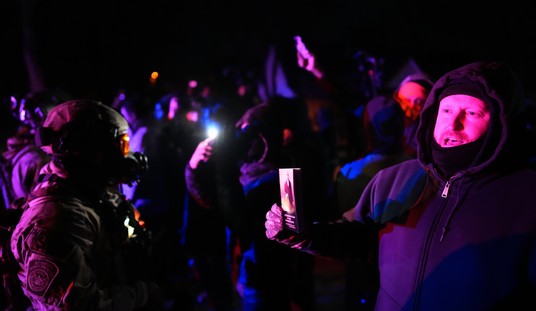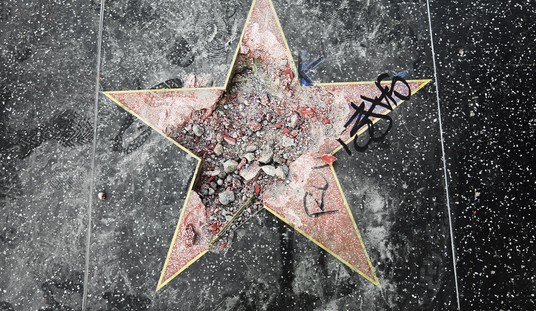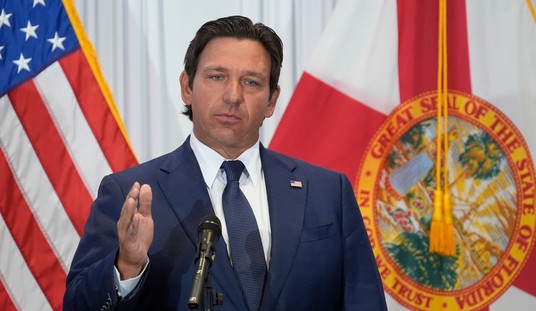
The fun thing about writing the history of the space program is that a lot of first things happened fifty years ago this week.
While many of us took time to observe the 50th anniversary of the first moon landing yesterday, had it not been for an event that occurred fifty years ago today, Buzz Aldrin and Michael Collins might not be around today to celebrate the anniversary, and the late Neil Armstrong might never have made it home with them.
The theory behind how to get to the moon consumed imaginations, and engineers’ theories, for many years. There were essentially two schools of thought.
One was a method favored by the heavy rocket men such as Wernher von Braun, who were helping build the giant boosters needed to escape Earth’s gravitational pull. Theirs was called “direct ascent”. Essentially, you’d build an enormously large rocket and fly straight to the moon.
Other engineers observed that this theory was not practical. The amount of fuel and thrust needed to take an entire rocket straight to the moon made it incredibly expensive and highly wasteful to use this method.
However, a few engineers at NASA Langley came up with an answer.
An early Russian rocket scientist named Yuri Kondratyuk had had a better idea, and Langley borrowed it. Kondratyuk called his idea “earth orbit rendezvous”, in which you launched a smaller rocket — which eventually became the Saturn V, the most powerful machine ever built by man — into orbit, carrying the pieces needed to land and return. They would assemble in Earth orbit for the long voyage.
Kondratyuk realized that space travel would be all about managing weight. His method was lighter and therefore more effective.
The issue was that Kondratyuk, which was his assumed name after the Russian Revolution, theorized earth orbit rendezvous long before spaceflight was known to be possible. Kondratyuk, a Ukranian whose real name was Oleksandr Ignatyevich Shargei, was imprisoned in early-Communist Russia and died in combat against the Germans in 1942.
NASA Langley picked up where Kondratyuk left off. Using his theory, a team of engineers led by John C. Houbolt eventually won the argument over von Braun’s rocket men and NASA used this theory to get the Moon.
That said, on July 21, 1969, the crew of Apollo 11 would have to utilize a version of this theory to get home. It was called “lunar orbit rendezvous“, or LOR.
Prior to 1965, no two spacecraft had ever joined in space — a vital technique for either EOR or LOR to work. The crews of Gemini 6 and 7 flew in formation in space in December 1965 to show rendezvous was possible, but it wasn’t until Apollo 9 in 1969 that a Lunar Module and Command Module made the first docking of two manned spacecraft.
So it was that when Armstrong and Aldrin blasted off from the lunar surface to dock with Collins in the Command Module, it was the first time rendezvous had been attempted originating on another surface body. And obviously, had it failed, the astronauts would never have made it home.
The fact that the Apollo astronauts made it to the moon and back using the technology equivalent to what you’d find in a modern smartphone is absolutely amazing. The Apollo 11 flight plan shows how it was supposed to work in practice — it’s an interesting browse if you don’t mind a lot of terminology. Here’s what it looked like from the Command Module.
Happy Sunday and enjoy today’s open thread.














Join the conversation as a VIP Member